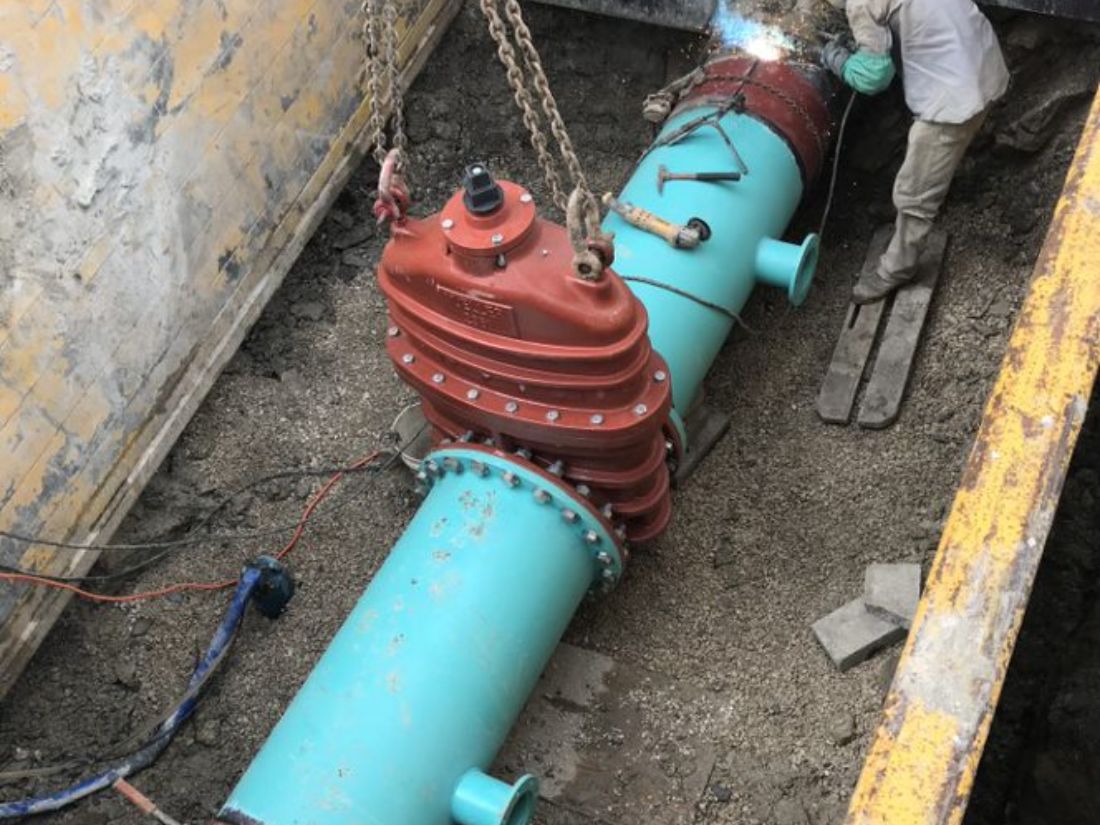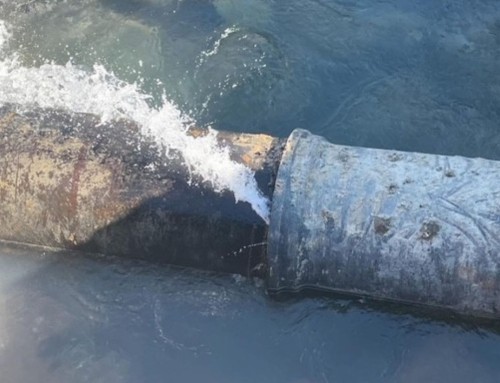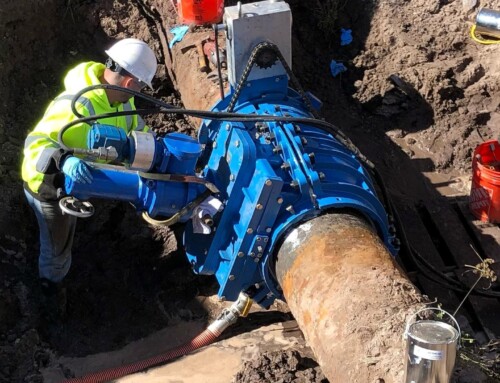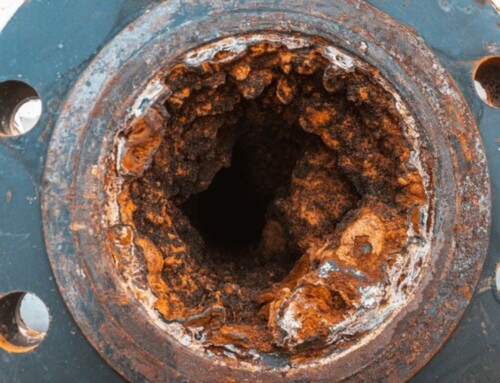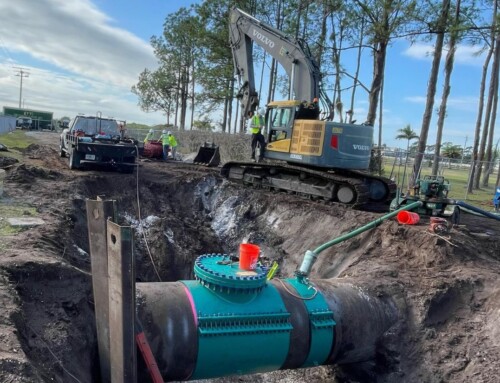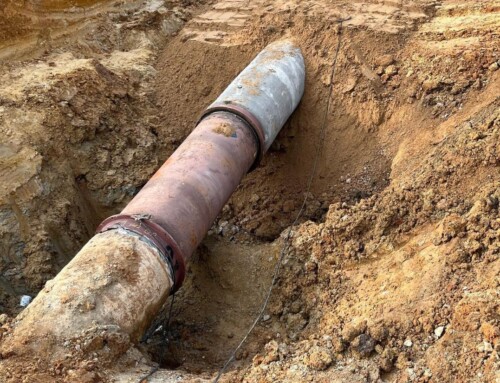Simply put, humanity produces way too much wastewater for the environment to naturally purify and manage on its own. As a result, it’s important to purify that water as much as possible so that it can return to the ecosystem. Not many people fully understand the importance of proper wastewater management. Here’s what you should know.
Protecting People and Nature
Wastewater can be highly detrimental to both humans and the environment. Our waste contains elements that are toxic and pose major health risks. It can create a spawning ground for water-based diseases like cholera and schistosomiasis. The effects of poor wastewater management are unfortunately observable in third-world countries where wastewater management and treatment are lacking or non-existent.
Naturally, the same goes for wildlife. Freshwater aquatic life cannot survive in wastewater, as potential chemicals like nitrogen or phosphates cause excessive plant growth which, in turn, upset the balance of the water. Wastewater can also release toxins that harm both plants and animals.
Managing the Excess
So how do we manage such a deluge of wastewater? One of the most important elements is how effective a society’s pipeline system is. Using pipelines is the safest and most secure way to transport and manage wastewater without exposing humans or the environment to the wastewater’s toxins. Naturally, keeping such a vast pipeline can be a real challenge. This is why pipeline service companies are so important to have on hand. These professionals know how to repair and maintain pipelines without interrupting service. They can prevent leaks from cascading into larger issues.
Discharging Purified Water
The last aspect that makes proper wastewater management important is the ability to discharge purified water safely back into the ecosystem. The wastewater treatment has multiple processes. A general screening process removes large particles and pollutants from the wastewater. Next, it goes through a secondary process that removes organic matter by allowing bacteria to break down pollutants. It then undergoes disinfection with chlorine to remove any remaining bacteria. Finally, the treated water returns to natural water sources through a series of pipelines.

